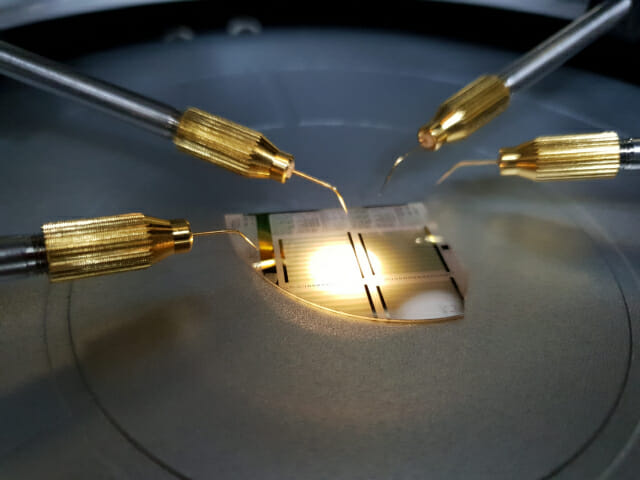
The Korea Atomic Energy Research Institute’s Proton Science Research Group announced on the 8th that the research team of Dr. Dongseok Kim and Youngjun Yoon of the Accelerator Utilization Research Department recently developed a new beta battery structure based on gallium nitride.
The research results were published on the cover of Vol. 45, No. 1 of the International Journal of Energy Research, an authoritative journal in the nuclear field.
A beta battery is a battery that converts beta-ray electrons emitted from radioactive isotopes into electric power. It is characterized by the fact that it can generate power on its own without external power sources such as solar and wind.
Since this battery can be used for a long time without a separate recharging or replacement process, it is attracting a lot of attention as a next-generation power source for electronic devices used in extreme environments such as space, polar, deep sea, and implantable medical devices.

The research team designed a beta battery structure using the ion beam technology possessed by the Atomic Energy Research Institute with the support of the radiation technology development project of the Ministry of Science and ICT. It is an evaluation that the power conversion efficiency and output have been significantly improved than before.
An official of the Atomic Energy Research Institute said, “The principle of generating power using electron-hole pairs generated by beta-wire electrons colliding with a semiconductor.” He explained that the joints were designed as a’cross joint structure’ in the form of interlocking like blocks.
“The cross junction structure enables the realization of a large number of PN junction structures close to the radioactive isotope, which is an energy source, thereby securing a wider electron-hole pair generation area than the previous stacked junction structure. The total output power is also increased by forming a barrier layer to block the leakage power loss.”
Related Articles

Nuclear Power Corporation promotes establishment of test and evaluation standards for’ultra-highly integrated semiconductors’

Nuclear power plant, reactor vessel repair technology development… Overseas export promotion

Nuclear power plant transfers nuclear power plant dismantling process technology to Doosan Heavy Industries & Construction

Development of odor removal system using nuclear power plant and electronic accelerator
Meanwhile, the Atomic Energy Research Institute secured an intellectual property center related to the technology and design method proposed in this study. In the future, the researcher plans to prototype a beta battery with a new structure, verify the performance, and then promote commercialization.
“The new beta battery is a more efficient and stable energy source than the previous beta battery,” said Jae-sang Lee, head of the Accelerator Utilization Research Department at the Atomic Energy Research Institute. I will be able to do it.”
